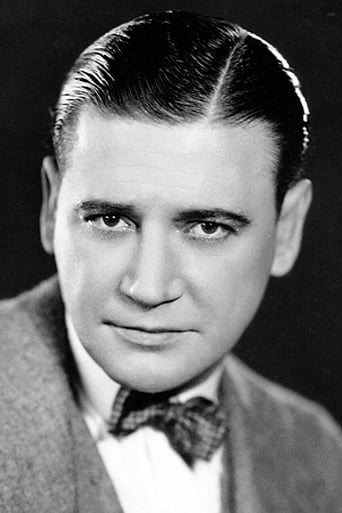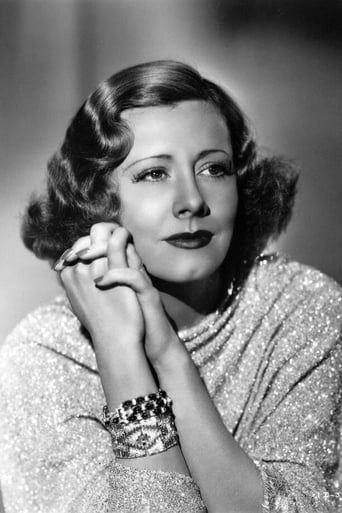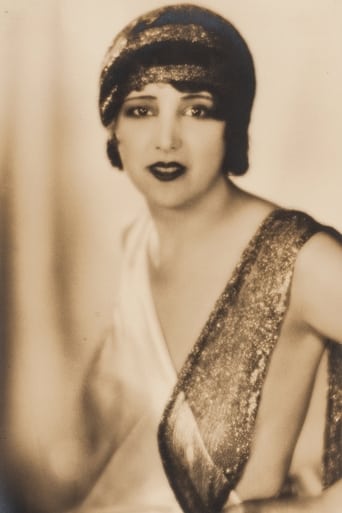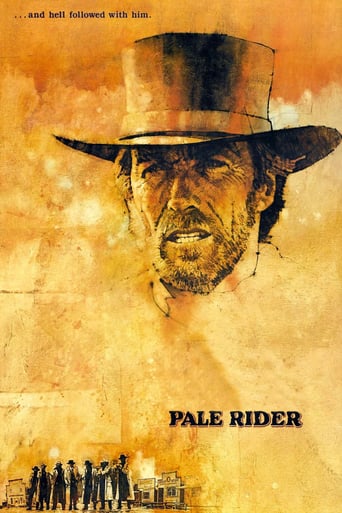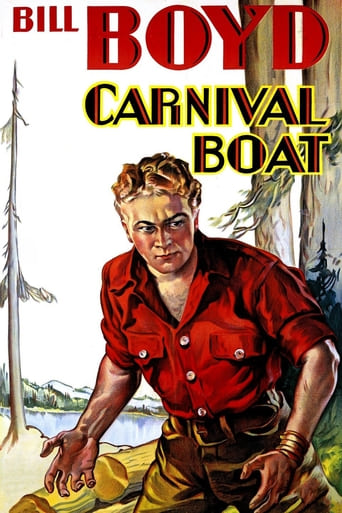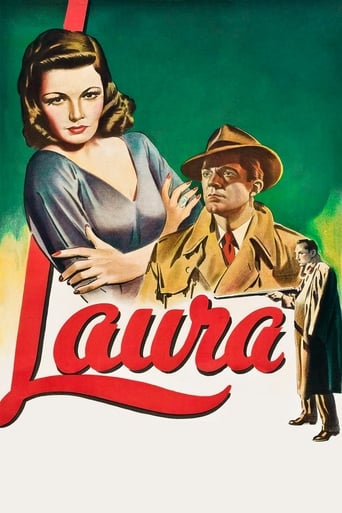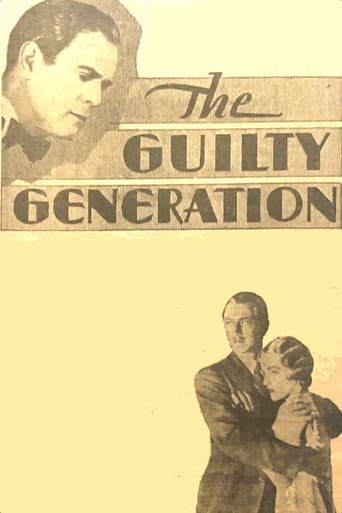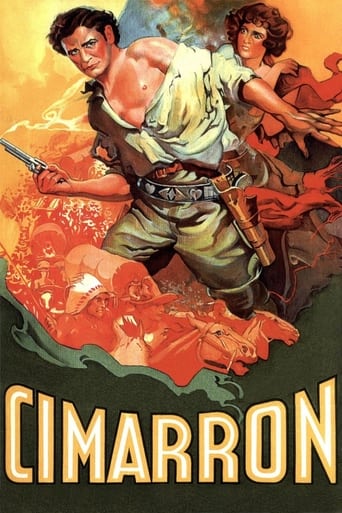

Cimarron (1931)
When the government opens up the Oklahoma territory for settlement, restless Yancey Cravat claims a plot of the free land for himself and moves his family there from Wichita. A newspaperman, lawyer, and just about everything else, Cravat soon becomes a leading citizen of the boom town of Osage. Once the town is established, however, he begins to feel confined once again, and heads for the Cherokee Strip, leaving his family behind. During this and other absences, his wife Sabra must learn to take care of herself and soon becomes prominent in her own right.
Watch Trailer
Cast
Similar titles
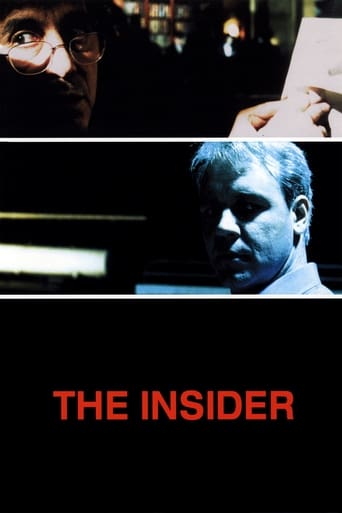

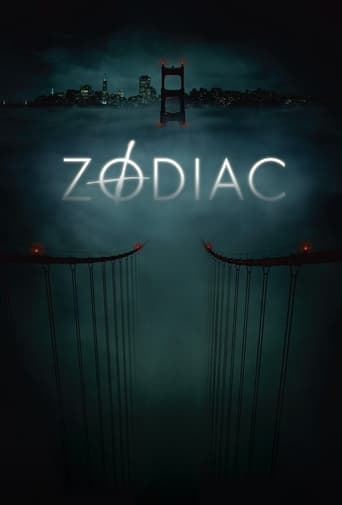
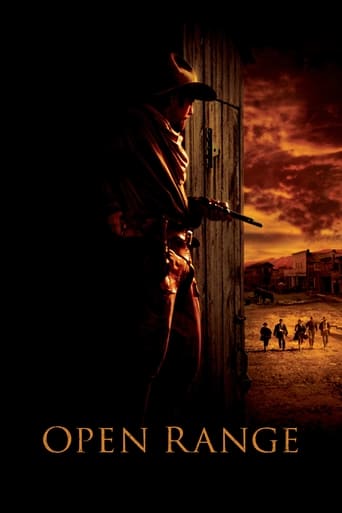
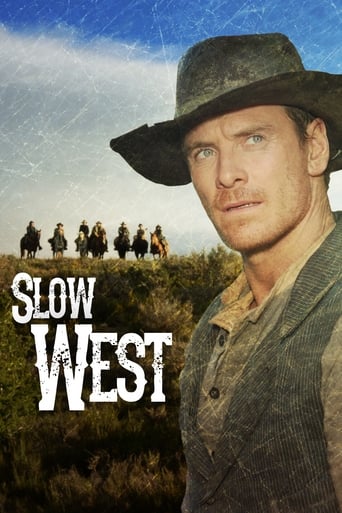
Reviews
As Good As It Gets
Entertaining from beginning to end, it maintains the spirit of the franchise while establishing it's own seal with a fun cast
There are moments that feel comical, some horrific, and some downright inspiring but the tonal shifts hardly matter as the end results come to a film that's perfect for this time.
Actress is magnificent and exudes a hypnotic screen presence in this affecting drama.
I know this gets VERY maligned these days as one of the very worst winners ever of the Best Picture Oscar, especially considering 'The Front Page' was the definitive best of those nominated that year, at the 4th Academy Awards ceremony (and that great films such as 'City Lights', 'Morocco' and 'Frankenstein' didn't even get nominated), but if you can take away Richard Dix's horrible overacting (I can't believe he was even nominated for Best Actor that year!) and uneven, sometimes lethargic or indifferent pacing and direction, certain scenes really pack a wallop, I'm glad that I watched it, and it's certainly not the worst Best Picture Oscar-winner I have seen thus far (that would probably be 'Shakespeare in Love', if I recall correctly, but I would love to watch all of them, just to be sure), and in some ways, I even tend to prefer it to the 1960 remake by Anthony Mann, even though I adore films I have seen that he's directed (although I'm not the biggest Glenn Ford fan in the world, so that probably evens things out). Irene Dunne is a delight, as always.Though it certainly could have used a better editor (a good 30-40 minutes could have been sliced off, and no one would be the wiser), it certainly deserves at least one watch, especially if you're a history buff and want to see a decent depiction of how the Midwest was won.
The historical but fictional film, based on the book by Edna Ferber, presents us with a clash of cultures and attitudes. Yancey is a restless jack-of-all-trades: the new town's newspaper editor, a lawyer, fast-shooting law enforcer and even a preacher. Wanderlust gets the better of him, leaving his wife Sabra (Irene Dunn) to raise the family and run the newspaper.Mostly set in the fictional 'Boom Town' of Osage, not to be confused with today's Osage in Oklahoma which is tiny, we see the townsfolk making do with what they have. Yancey is mainly the Editor of The Oklahoma Wigwam but at the same time he gets to use his shooting skills, act as a lawyer, and run the first church service.The issue I had with Cimarron was that the storyline was disjointed and lost focus at times. Overall it was about the birth of a new state, though it went in different directions at different times and many sub-plots were never fully-explained. Sabra's character grew into a wise and admirable older woman, however we missed out on seeing her character actually develop. A woman in a more modern film would not have shown so much loyalty to her husband...her loyalty is to be admired even if her husband needs a clip round the ears!On a technical note, the characters didn't always age in sync with one another. By the end of the film Sabra has aged (at least in the hair department), but not nearly as much as Yancey. Her complexion remained unrealistically youthful for a woman over 60, though her vocals were always spot-on to whichever age she was playing which is no mean feat for an actor.The acting overall was convincing, special mention to Estelle Taylor as town prostitute Dixie Lee for her moving life story showing there is more than meets the eye when it comes to judging someone, though the town gossip Mrs Tracy Wyatt was a bit over-played by Edna May Oliver. Tracey's mannerisms and loud outfits give the impression of a cross-breed of Hyacinth Bucket and Madame Thenardier. Some minor story lines could have been cut to speed things up where it was needed, but overall Cimarron is a great example of 1930s film, and gives a good grasp of the lives of pioneers in the late 19th Century.
Vilified in modern times as one of the weakest and/or worst Oscar Best Picture winner, and spanked as "very racist and very bad" by one author, "Cimarron" does not deserve such condemnation. It won Best Picture because the script is high concept, the type of overarching, epic story that Hollywood has always rewarded.Its script tells the fictional tale of adventurer and pioneer Yancey Cravat (Richard Dix) who, along with his wife Sabra (Irene Dunne), takes part in the 1889 land rush into Oklahoma Territory, along with thousands of others. In the film, these pioneers stake a land claim and build a new town, called Osage, out on the prairie.The plot spans some forty years in the Cravat's lives, filled with dreams, accomplishments, sorrow, and interaction with a variety of characters, from prim and proper Mrs. Wyatt (humorous Edna May Oliver) to town thug Lon Yountis (Stanley Fields). Along the way we encounter: gun toting outlaws; dust; a strange gospel meeting; bullies; buildings and walkways made of wood; more dust; the trial of an "immoral" young woman; politicians; and still more dust.The plot is structured to give most of the film's runtime to the Cravat's lives during the 19th century. As we move into the 20th century, the plot speeds up; characters age a little too quickly. That is a problem I have with the script. The film's tone starts out enthusiastic and rowdy, and ends stoical and long-suffering.B&W photography is acceptable. There are lots of wide-angle shots, as we would expect for a story set in the wide-open spaces. Prod design and costumes are elaborate and probably accurate for the era. Casting is acceptable. For a 1920s type film, acting is predictably melodramatic. But with his eyes all bugged-out, Richard Dix seriously overacts, even for that era.In retrospect, there may have been other films as deserving, or more so, for Best Picture of 1931. But at the time, this big-budget Western was almost certainly a predictable winner. I found the story only mildly interesting. But then I'm a creature of a more modern era. And I think viewers would do well to consider "Cimarron" a valid film, one that now gives us some historical perspective, both on Hollywood cinema and on American history.
This film is a landmark of the early talkie cinema. A real epic based on Edna Ferber's dynamite novel, this film still looks modern today. Forget what you thought about static camera work and studio-bound sets. "Cimarron" starts out with it's famous Oklahoma land rush scene which, given the constraints of a narrow screen, black and white production is breathtaking and sprawling to see. Likewise, the shots depicting the growth of a frontier town has all the genuine look of the real thing. The acting of Richard Dix, as Yancy Cravat has been criticized by some as "melodramatic" and "overripe", but he was playing a larger than life character as being such, and he comes across well. Irene Dunne, who made her dramatic debut as Sabra Cravat, is convincing and sympathetic. One of the things I like about this movie is that the characters are neither all-good nor all-evil. There are human flaws in all of them which make them, well, more human. This in itself was a novelty in 1931, when talking pictures were themselves still a novelty. It would be easy to dismiss the character of Isaiah as a typical stereotyped black character, but although he supplys "comedy relief" early in the film, his action later on gives his portrayal a profound depth never seen in these old films. Likewise, the portrayal of the American Indian is given a dignity throughout the production. This is, technically, a Western, and yet it is truly so much more.

